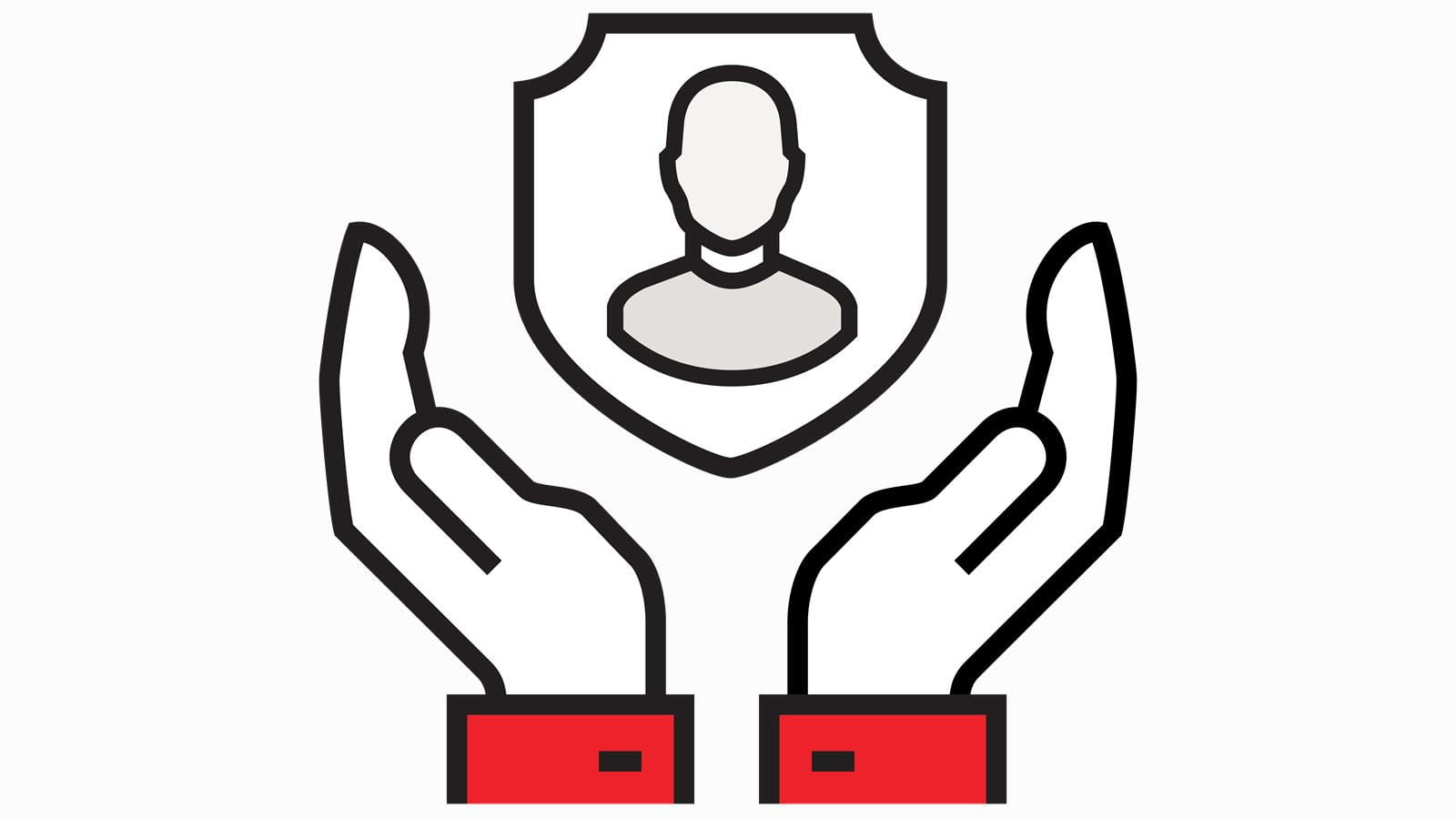If you could explain just one thing about pharmacovigilance and how it works, what would it be?
That’s the question we posed to two experts from CSL on pharmacovigilance, a six-syllable word that you might not have heard before. In addition to protecting patients and public health, CSL is driven by its promise to monitor the safety of each and every product – a system known as pharmacovigilance (PV).
CSL includes business units CSL Behring, which makes medicines for people who have rare and serious diseases; CSL Seqirus, which develops and manufactures vaccines; and CSL Vifor, a leader in iron deficiency and nephrology (kidney care).
Here’s how the experts described pharmacovigilance:
Gergely Benedek, Global Head of Drug Safety Operations
Pharmacovigilance is the science of drug safety. At every pharmaceutical company, including CSL, teams of highly skilled drug safety professionals work on detecting and evaluating safety information on all medicinal products of the company.
Safety data is collected from various sources across the globe, such as clinical studies and reports of side effects from patients and health care professionals. Such data is thoroughly analyzed for any impact on the product`s known benefit-risk profile, which then can be addressed and mitigated as appropriate to ensure that the drug`s benefits outweigh its potential risks (such as possible adverse events).
Sravani Lakkimsetti, Associate Director of Regions Partnership Oversight Lead, Global Clinical Safety and Pharmacovigilance
Vaccine pharmacovigilance is the science and activities relating to the detection, assessment, understanding and prevention of adverse effects (side effects) following immunization, and thereby contributes to the protection of public health. In line with this general definition, the underlying objectives of pharmacovigilance are:
- Preventing harm from adverse reactions in humans arising from the use of vaccines within or outside the terms of marketing authorization or from occupational exposure.
- Promoting the safe and effective use of medicinal products, in particular through providing timely information about the safety of medicinal products to patients, health care professionals and the public.
When side effects are reported in the wider population, a team of highly skilled professionals within a company and health authorities will work together. They’ll analyze the side effect reports, and if needed put in place additional measures to protect patients or update the patient information leaflet to inform patients and doctors of the new safety information.
The diligent reporting of side effects helps in the timely assessment of safety data and ensures continued protection to those receiving vaccines across the globe. Therefore, we urge patients and health care providers to be diligent by reporting side effects, thereby playing an important role in advancing public health.



